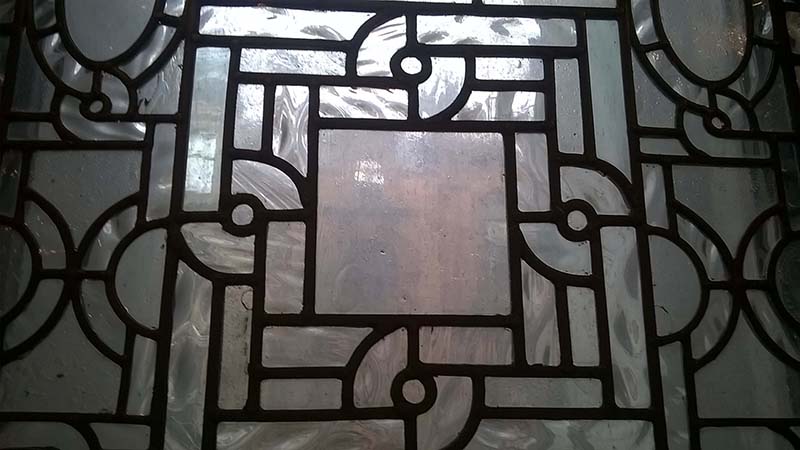Published:

Councils across Scotland have a culture of consent when it comes to the most vulnerable features of the country’s listed buildings, a new study has found.
Planning permission to remove and replace historic windows from listed buildings is being given at the same rate as for non-listed homes, with little regard for their protected status.
There are around 47,000 listed buildings in Scotland, and their status means certain features should be retained and not replaced, such as original fireplaces, slate roofs and even windows.
While international and national heritage organisations have been working to promote the repairing and upgrading existing windows, the decision takes place at a local level.
Owners of listed buildings apply to their local authority’s planning department for permission to remove windows, or other historic features of the building.
Dr Craig Kennedy calculated how many windows from listed buildings were removed from 2005-2015 in three council areas, and whether they were being properly protected.
Dr Craig Kennedy from Heriot-Watt’s Institute for Sustainable Building Design said: “Window glass is often overlooked compared to other historically important building materials like stone, metal and timber.
“As such, it is most vulnerable to being replaced, and with that, a listed building begins to lose its character and aesthetic.”
The Heriot-Watt team examined decisions from Edinburgh, Falkirk and Glasgow councils and found that the rate of approval to remove windows has increased exponentially since 2010.
Dr Kennedy said: “There is no difference in approval rates between listed and non-listed buildings; it’s around 80 percent across the board at the three councils.
“What struck us was the increase in approvals from 2010 to 2015. The number of applications related to windows in listed buildings almost doubled, as did the number of approvals. The approval rate rose to almost 90%.”
“We interviewed officers in planning departments across Scotland, and some in England. The story was the same everywhere – since 2010 conservation officers have left the organisation and haven’t been replaced, planning departments are under-resourced and under pressure. The result is a culture of consent.”
Older windows are often replaced by uPVC windows for a variety of reasons. Householders may believe they are more energy efficient or cheaper than restoring older windows. Life cycle studies show that, in fact, timber windows are cheaper and more environmentally-friendly overall.
Dr Kennedy said: “The importance of retaining original windows cannot be overstated.
“They contain a wealth of information on historic practices and manufacturing techniques.
“Nowadays we are used to the glass in windows being perfectly clear. Older windows often contain tiny bubbles, known as seeds, or curved striations that came from the crown glass method of glass-making.
“These slight imperfections mean that older windows can have a slight shimmering effect that is not present in new glass.”
“The replacement of historic windows must be seen as a last resort instead of a first choice. This is essential to protect the diminishing number of historic windows in the UK and internationally.
“Our research shows that the efforts of heritage agencies to promote repair and upgrading of historic windows may have been ineffective. They should refocus efforts to ensure that this message reaches the local planners who are in charge of our architectural heritage.
“We’re concerned that, at the local level, nobody is advocating for historic buildings.”
The Heriot-Watt team developed its own software to conduct the survey, as each of the local authorities recorded window-related applications differently, even within their own organisation.
The team hopes heritage professionals across the UK will use its software to examine decisions affecting listed buildings in their own local authority and determine the scale of historic feature loss on a national scale.
The Historic Environment: Policy and Practice journal published the research here: https://doi.org/10.1080/17567505.2020.1709282.
Sarah McDaid
E: sarah@mcdaidpr.co.uk
T: 07866789688